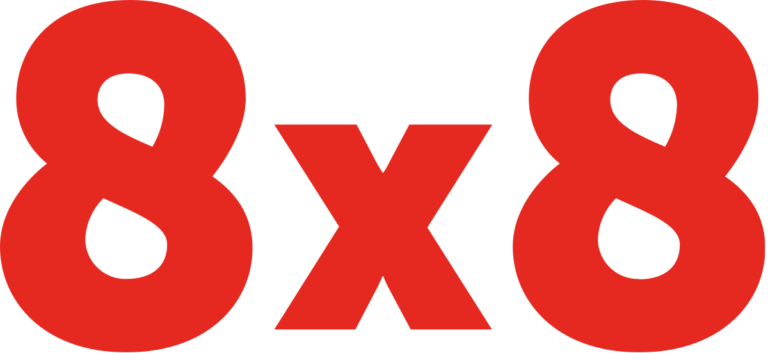Should a Disaster Arise, Is Your Infrastructure Stable?
Unfortunately, it is almost inevitable that most organizations at some point will experience a downed system due to causes out of their control. Having a proactive Disaster Recovery plan in place can be your single-most effective tool in obtaining expedient resolution while protecting your company’s return on investment. A downed system can be costly! Not only can it hinder your net income, but also may result in un-forecasted expenses to reinstate full functionality, costs to recover lost data, information loss of having to revert back to most previous software versions and the loss of data itself. Disaster Recovery as a Service (DRaaS ) is growing exponentially and expected to increase by one and a half billion dollars by the year 2021.
What is DRaaS?
Disaster Recovery as a Service is essentially a means of outsourcing your backup and safety recovery externally via a Cloud computing environment. Doing so enables your platform backup to reside remotely; away from on-premises where the actual manmade, natural catastrophe or structural mishap may initiate. Deploying your Disaster Recovery platform can help protect your vital data and infrastructure in the event of a near-total or complete shutdown of your brick and mortar enterprise. Generally DRaaS consists of a subscription based service level agreement where implementation and on-going maintenance is hosted remotely, ensuring that your systems are running properly with 100% uptime.
When contemplating implementing a Disaster Recovery solution it is important to consider whether or not you want to develop your own platform in-house or outsource via the Cloud. Benefits to electing DRaaS may include:
- More accessibility with rapid onboarding
- Increased scalability while remaining manufacturer agnostic
- Cost-effective ease of management and licensing
- Increased flexibility and reliability
- Secure isolated data streams for critical applications and compliance
- Instant access to professional services and vendor expertise
- Ability to pay only for your specific storage needs associated with your virtual machines
- Flexibility to customize your Disaster Recovery plan and pay only for CPU or RAM failover
A Few DRaaS Inquiries to Consider in the Event of a True Disaster Include:
- Is my service based upon a first-come-first serve basis and what is my projected wait-time?
- What percentage of my infrastructure will be available and in-tact immediately?
- How do I access my internal applications?
- Will my virtual private networks be managed or rerouted?
- How long can I reside within the service provider’s data center during a disaster?
- Is replication continuous?
- How often are updates and testing completed?
Choosing the right provider can be a daunting task. Trust TRI-TEC’s expertise and service provider alliances. TRI-TEC Communications, Inc. partners with top suppliers for Cloud-Based solutions which include Disaster Recovery and Business Continuity options. When considering your backup plans, call upon TRI-TEC to act on your behalf in negotiating and implementing the best Disaster Recovery solution for you.
Established in 1990 with a focus on customer service, TRI-TEC provides communications, network, Cloud and hybrid solutions to thousands of satisfied customers. Whether you are deploying a new enterprise-wide business phone system, network, Cloud platform or adding applications to your existing infrastructure; we take the time to educate you and provide solid recommendations. TRI-TEC remains the Greater Seattle Area’s leading on-premises, Cloud and hybrid Solutions provider.
References:
Stinton. (2018, February 22). Re: Disaster Recovery: The Importance of Choosing the Right Provider for You. Retrieved from: https://www.cloudcomputing-news.net/news/2018/feb/22/disaster-recovery-importance-choosing-right-provider-you/
Rouse, Hefner & Gibilisco. (2017, January). Re: Disaster Recovery as a Service (DRaaS). Retrieved from: https://searchdisasterrecovery.techtarget.com/definition/disaster-recovery-as-a-service-DRaaS












